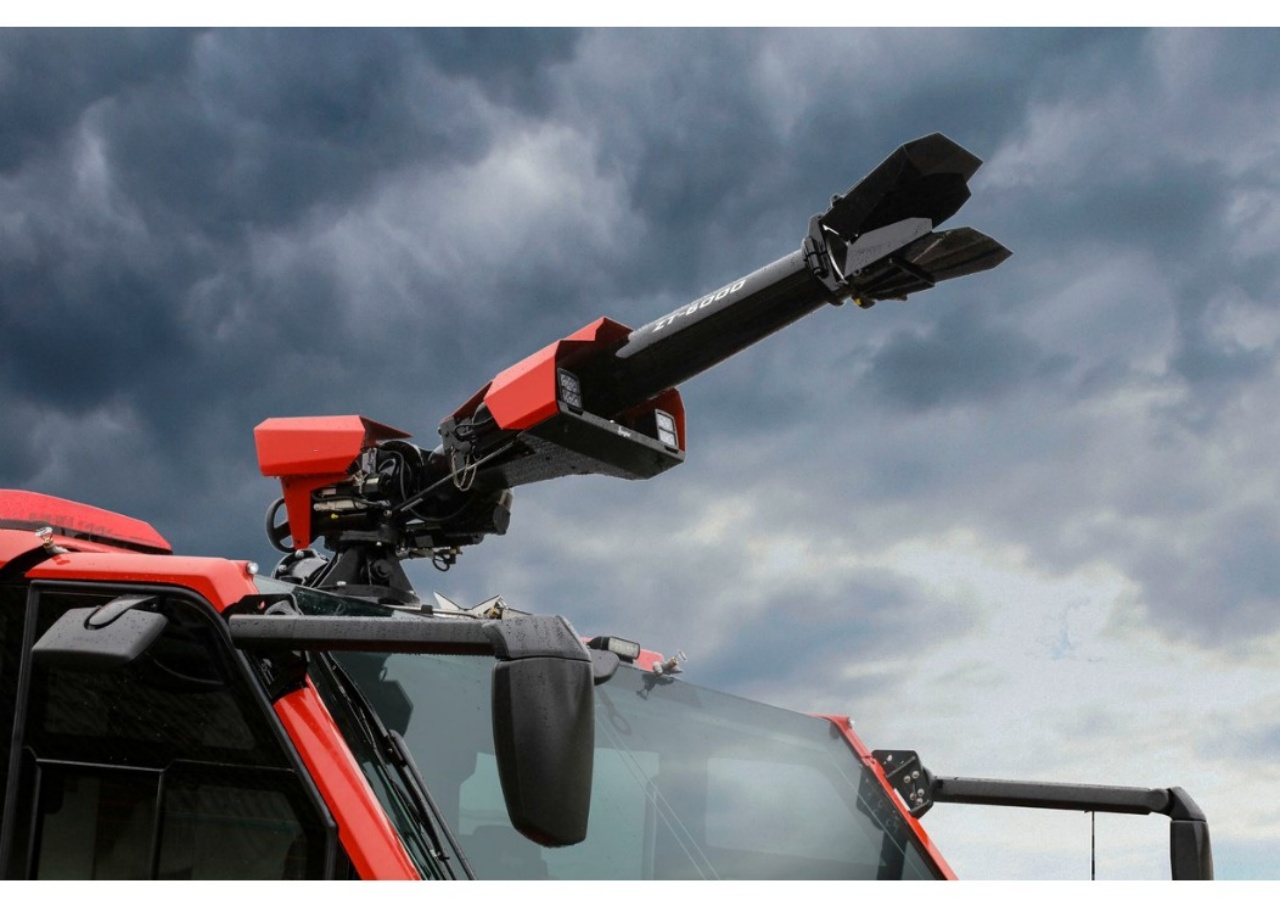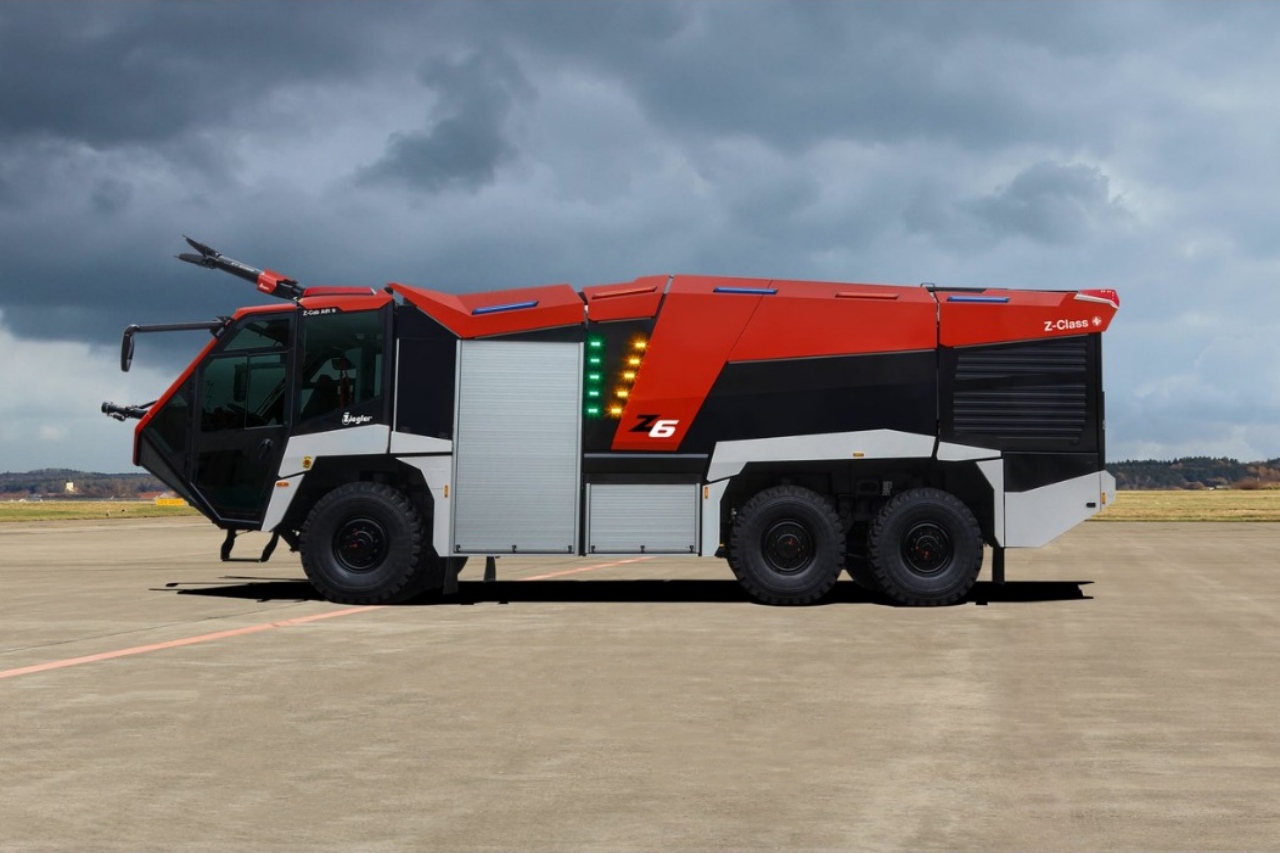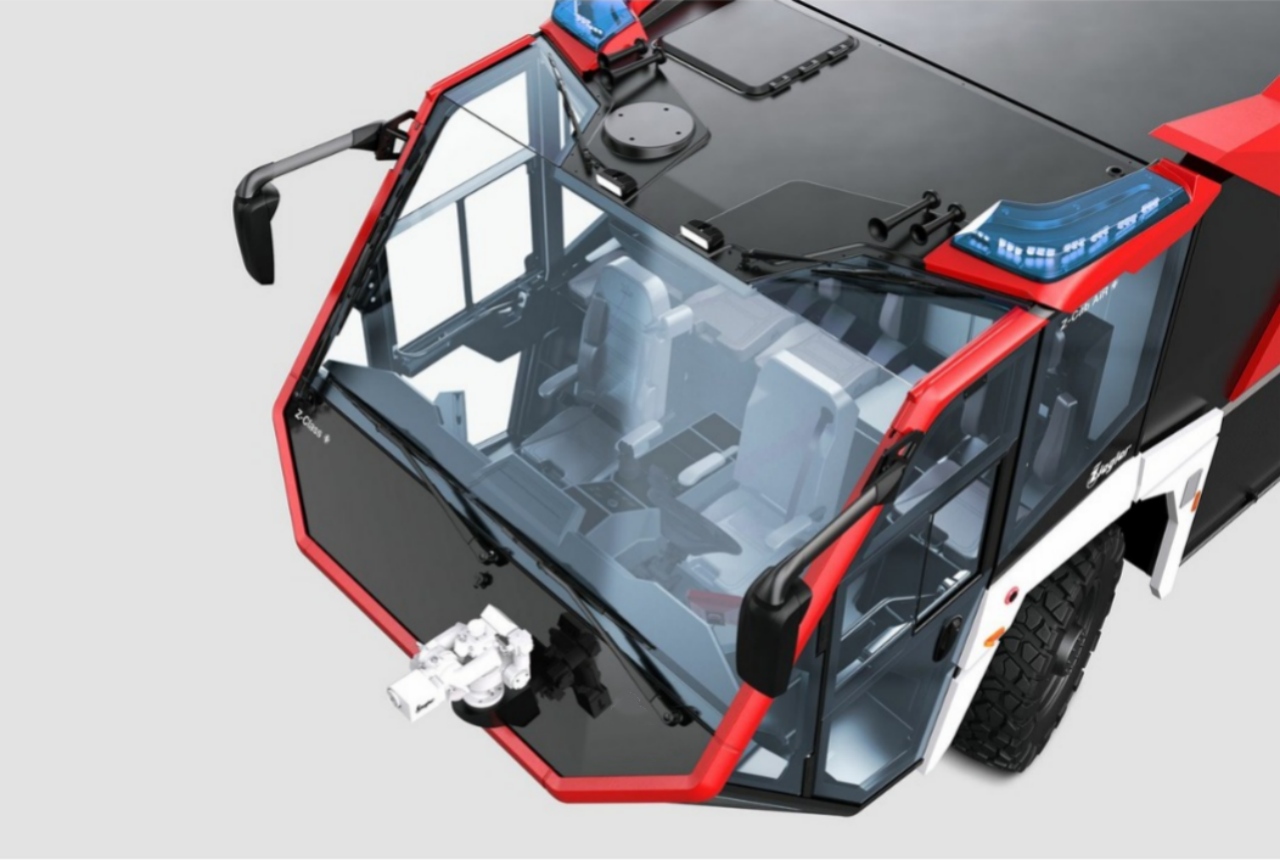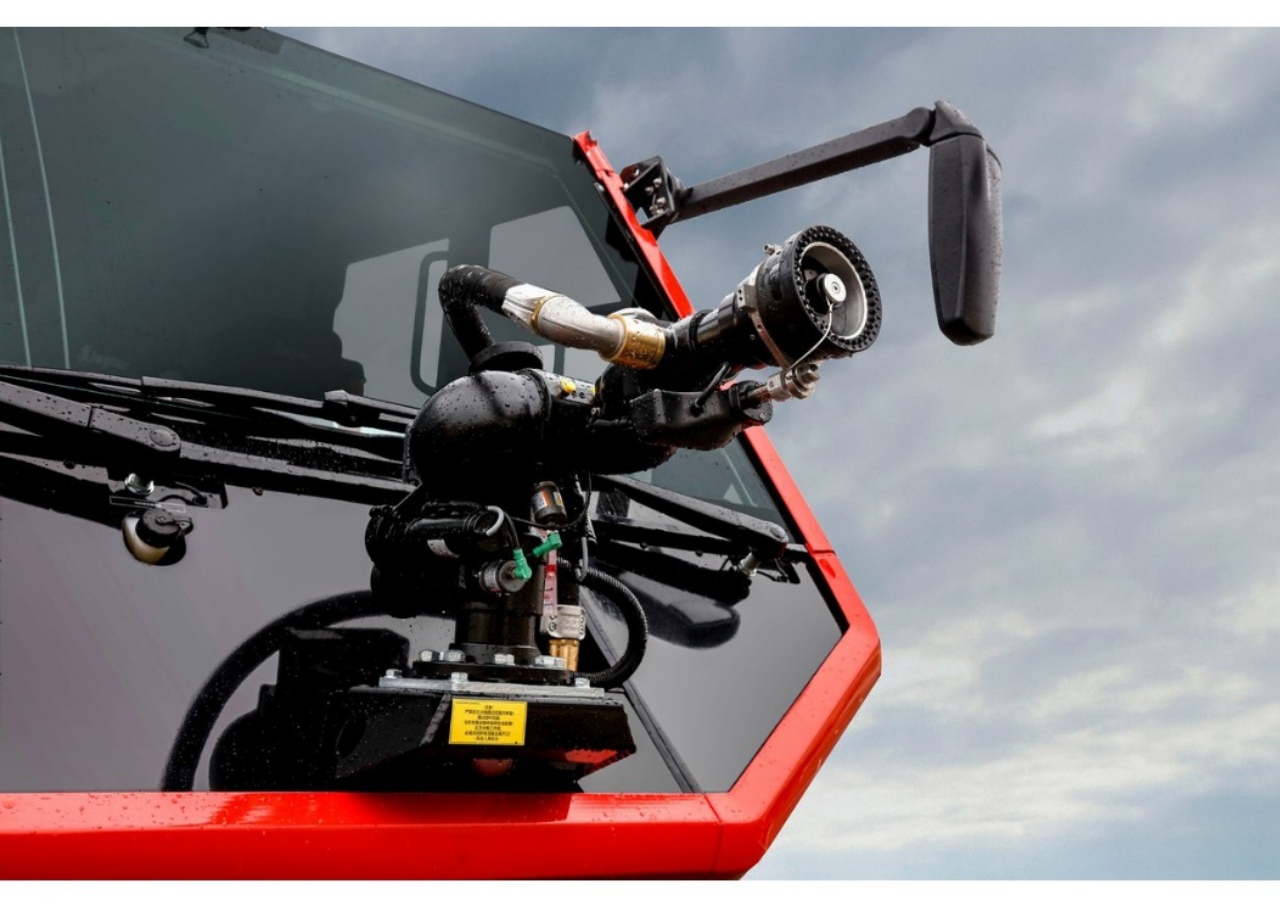Firefighting is a specialized discipline with a wide range of vehicles designed to meet unique operational needs. Among the many types of fire apparatus, airport fire trucks (also known as Aircraft Rescue and Firefighting vehicles or ARFFs) and regular municipal fire trucks serve distinct roles. While they share a common goal—to save lives and protect property—they are engineered very differently to meet the demands of their respective environments. In this article, we explore the key differences between airport fire trucks and regular fire trucks in terms of design, performance, equipment, and purpose.
1. Primary Mission
The most fundamental difference lies in the mission of each vehicle.
- Airport Fire Truck (ARFF): These are designed specifically for rapid response to aircraft emergencies, such as crashes, fuel fires, or onboard fires. Their main priority is to reach an incident on the airfield within 2 to 3 minutes and suppress fires quickly enough to allow passengers and crew to evacuate safely. Time is critical in such emergencies.
- Regular Fire Truck: Municipal or city fire trucks serve a broader range of purposes. They respond to structure fires, vehicle accidents, medical emergencies, rescues, and hazardous material incidents in urban, suburban, and rural settings.
2. Design and Chassis
The structural design and chassis type are significantly different due to the terrain and operational needs.
- ARFF Vehicles: Typically built on all-wheel-drive, off-road capable chassis, these trucks are massive and can weigh up to 80,000 pounds (36,287 kg). Their large size allows them to carry huge amounts of water, foam, and dry chemicals. Most ARFFs have a low center of gravity and are engineered for speed and stability on wide, flat runways and open fields.
- Municipal Fire Trucks: These are usually more compact and designed for maneuverability through city streets, tight corners, and congested neighborhoods. They often come in configurations like pumpers, ladder trucks, or rescue units, each designed for a specific urban task.
3. Speed and Acceleration
Because every second counts during an aircraft emergency, ARFF vehicles are designed for speed.
- ARFF Vehicles: Despite their enormous size, these trucks can accelerate from 0 to 80 km/h (0–50 mph) in under 25 seconds. This acceleration is made possible through powerful engines that produce over 600 to 700 horsepower, often with multiple axles for better weight distribution and traction.
- Regular Fire Trucks: These vehicles are slower due to weight and engine configurations optimized for urban environments. While they still move quickly in emergencies, their acceleration is typically not as rapid or high-priority as in ARFFs.
4. Fire Suppression Systems
ARFFs are equipped with specialized firefighting systems designed for aviation fuel fires.
- Airport Fire Trucks:
- Water Tanks: Often carry between 3,000 and 5,000 gallons (11,000 to 19,000 liters) of water.
- Foam Tanks: Equipped with AFFF (Aqueous Film Forming Foam) to suppress jet fuel fires quickly.
- Dry Chemical Agents: Carry dry powder like Purple-K to extinguish high-intensity fuel fires.
- Roof and Bumper Turrets: Feature high-capacity turrets capable of projecting foam or water over long distances and at high volumes (up to 1,200 gallons per minute).
- Piercing Nozzles: Some ARFFs are fitted with “snozzles,” extendable arms with nozzles that can pierce aircraft fuselages and inject extinguishing agents directly inside.
- Municipal Fire Trucks:
- Water Tanks: Typically carry 500 to 1,000 gallons (1,900 to 3,800 liters) of water.
- Hoses and Pump Systems: Designed for a variety of uses, from structure fires to vehicle blazes.
- Foam Capability: Some carry foam for flammable liquid fires, but not in the same capacity or specialization as ARFFs.
- Ladders and Tools: Equipped with aerial ladders, ventilation tools, and rescue gear rather than high-capacity foam turrets.
5. Crew and Equipment
Crew requirements and onboard tools vary according to function.
- ARFF Vehicles: Often operate with smaller crews (1–3 firefighters) due to their reliance on quick-response and powerful automated systems. The focus is on extinguishing fires quickly from outside the aircraft and creating escape routes.
- Municipal Fire Trucks: Typically have larger crews (4–6 firefighters) because they perform more labor-intensive tasks, including internal search and rescue, ventilation, and medical aid. Equipment includes breathing apparatus, axes, stretchers, ladders, and defibrillators.
6. Regulatory Standards
Different standards and regulatory bodies govern the design and deployment of each truck.
- ARFF Standards: Governed by the International Civil Aviation Organization (ICAO) and the Federal Aviation Administration (FAA) in the U.S., with specific performance and response time requirements for fire coverage based on the size and traffic of the airport.
- Municipal Fire Truck Standards: Typically built according to National Fire Protection Association (NFPA) standards, particularly NFPA 1901, which outlines requirements for firefighting apparatus in community settings.
7. Appearance and Visibility
Their appearance often reflects their different environments and uses.
- Airport Fire Trucks: These vehicles are often painted in bright colors like lime green or yellow for visibility on runways. They have large, flat bodies and prominent turrets.
- Regular Fire Trucks: Commonly painted red or white, sometimes with reflective striping for visibility on city streets. Their design may include ladders, hose beds, and compartments for gear.
8. Cost and Maintenance
Due to their size and complexity, ARFFs are significantly more expensive and require specialized maintenance.
- ARFF Vehicles: Can cost between $700,000 and $1.5 million or more, depending on features. Maintenance includes specialized training, equipment calibration, and foam system checks.
- Municipal Fire Trucks: Prices range from $400,000 to $900,000. While still complex, they rely on more standardized parts and services compared to ARFFs.
Conclusion
Though both airport and regular fire trucks are designed to combat fires and save lives, they do so in very different ways and environments. Airport fire trucks are highly specialized machines optimized for speed, foam suppression, and aviation emergencies. Regular fire trucks are versatile workhorses built to tackle a broad range of urban and rural incidents.
Understanding these differences not only highlights the diversity within fire services but also emphasizes the engineering and strategic planning required to keep people safe, whether on the ground or in the skies.












